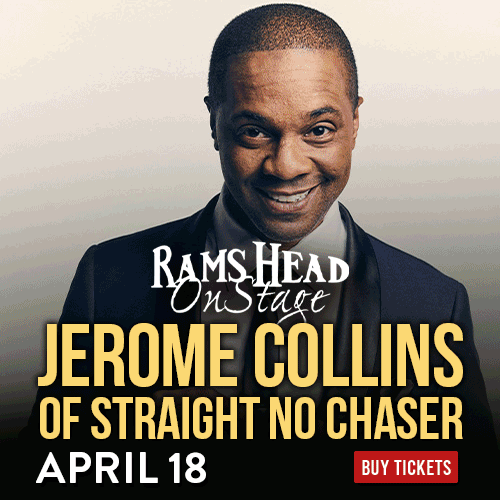
 Horse racing is one of the world’s most popular and oldest sports, with people of diverse races and nationalities involved with the sport. As such, odds aren’t the only thing horse racing is known for, as this activity is deeply steeped in superstition and several long-held traditions concerning what goes on behind the scenes. Here are ten of the craziest myths in the horse racing world.
Horse racing is one of the world’s most popular and oldest sports, with people of diverse races and nationalities involved with the sport. As such, odds aren’t the only thing horse racing is known for, as this activity is deeply steeped in superstition and several long-held traditions concerning what goes on behind the scenes. Here are ten of the craziest myths in the horse racing world.
Back The Gray On A Rainy Day
This saying is popular on the race track but unfortunately doesn’t have any truth behind it. Enthusiasts have long believed that grey horses are at the peak of their powers when it rains and the ground is muddy. However, there is no evidence to support the claim that a racehorse’s color can influence its performance when it rains, so you are better off sticking to form rather than the horse’s color when placing bets, if you do fancy placing some bets these grand national free bets could really come in handy.
Always Bet On The Bookie Favorite
In terms of odds, the race favorite is the horse that receives the most bets from the betors to win. As such, it isn’t always necessarily based on proper form. With statistics showing that the betting public’s favorite horse wins only one-third of the time, be prepared to lose two out of every three races if you always bet on only the favorite
All Horses Can Race
All horses can gallop and pick up considerable speed, but racing is the prerogative of thoroughbreds only. Thoroughbreds are horses whose lineage can be traced to one of three original stallions, qualifying them as racehorses. Therefore, horse racing is restricted to only thoroughbreds, as that is what they were bred to do.
All Jockeys Are Short
There is no explicit restriction on how tall a jockey can be, although many stand around 5 feet tall. The actual restrictions are weight-related, as there is a maximum weight each racehorse is permitted to carry. Taller jockeys find it harder to make the weight cut due to their larger body frames, hence the widely-believed myth that all jockeys must be short.
Thoroughbreds Are Difficult To Handle
This myth is one of the most popular on racetracks for no apparent reason. While some thoroughbreds have garnered bad reputations for their ill-temper, many trainers say many of them are calm and focused.
Everything Is Rigged
Pop culture has largely conspired with paranoia to perpetuate the myth that the mafia controls horse racing, with all outcomes being fixed. However, careful oversight by racing commissions makes fixed races a rare occurrence nowadays.
The Whip Hurts Horses
Many experts suggest that whips don’t actually harm horses. However, many jockeys use persuaders instead of whips nowadays to encourage horses to lengthen their strides during races.
Young Horses Can’t Race
Many enthusiasts believe that horses younger than three aren’t old enough to race. However, these horses are just ripe for racing and even enjoy longer careers than those that start later.
Peanuts Are Bad Luck
It is widely considered bad luck to find peanuts and their shells around horses before, during, and after races.
Winning Shoe Color
Gamblers have long regarded horses with at least one white foot as carriers of “winning genes” with a natural edge over other horses. Many bet on these horses as the most probable winners of races. On the other hand, horses with four white feet are considered bad luck. However, no scientific proof associates a horse’s foot color with its racing performance.










































